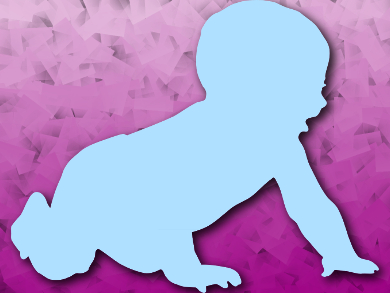Household dust contains biological matter such as microbes and allergens. During walking (or crawling in the case of infants), the dust can be resuspended in the air and breathed in. This could be a significant pathway for indoor exposure to allergens.
Brandon E. Boor, Purdue University, West Lafayette, IN, USA, and colleagues have used a carpeted chamber to study the inhalation of resuspended biological particulate matter during walking and crawling. The team used a robotic model of a crawling baby to simulate crawling and volunteers in clean suit outfits for the walking experiments. Laser-induced fluorescence (LIF) was then used to identify and quantify biological particulates at different heights in the chamber. Based on the average height of babies and adults, the team determined a “breathing zone” for each in the chamber and determined the number of particulates that could be inhaled.
Both crawling and walking caused a significant number of particulates to be inhaled, with greater exposures to especially small particles for the model infants. The team estimates that in one minute of walking or crawling over a carpet, between 1,000 and 10,000 biological particulates could be inhaled. Based on body mass, the dose is almost four times higher in infants than in adults. According to the researchers, these results are more accurate than bulk indoor air analysis or the analysis of settled dust.
- Infant and Adult Inhalation Exposure to Resuspended Biological Particulate Matter,
Tianren Wu, Martin Täubel, Rauno Holopainen, Anna-Kaisa Viitanen, Sinikka Vainiotalo, Timo Tuomi, Jorma Keskinen, Anne Hyvärinen, Kaarle Hämeri, Sampo E. Saari, Brandon E. Boor,
Environ. Sci. Technol. 2017.
DOI: 10.1021/acs.est.7b04183




